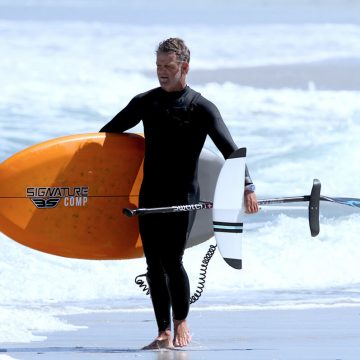Free Ride Kingdoms
Tom Court made a pact to himself during the Covid era – to get out and explore what’s essentially on his doorstep, prioritizing that over far-flung trips elsewhere. On his radar was Western Ireland…
READ MORE
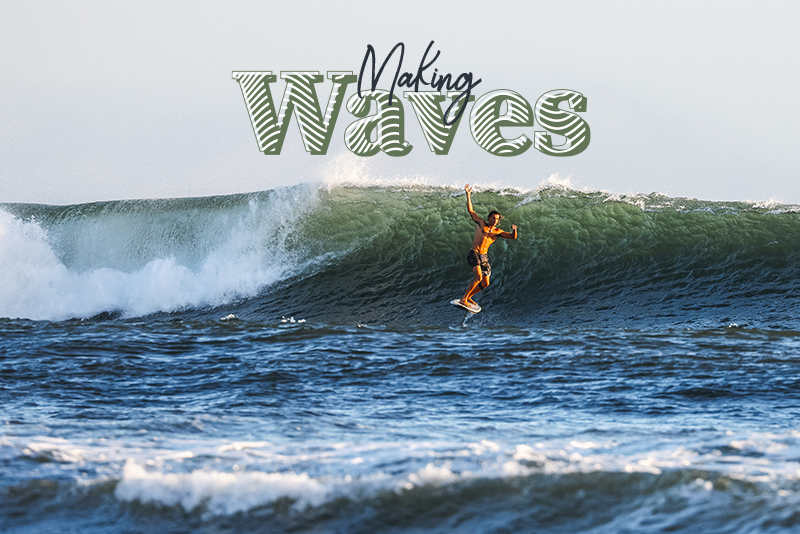
No journey into foiling is the same. For one reason or another, that first time on a foil will be a very personal achievement that’s going to stick in the memory. For Kyle Cabano, it was most certainly not love at first foil… Instead, it was a film assignment with pro riders Zane Schweitzer and Dale Staples that ultimately changed his entire outlook.
Words: Kyle Cabano
Photos: Dan Mullins
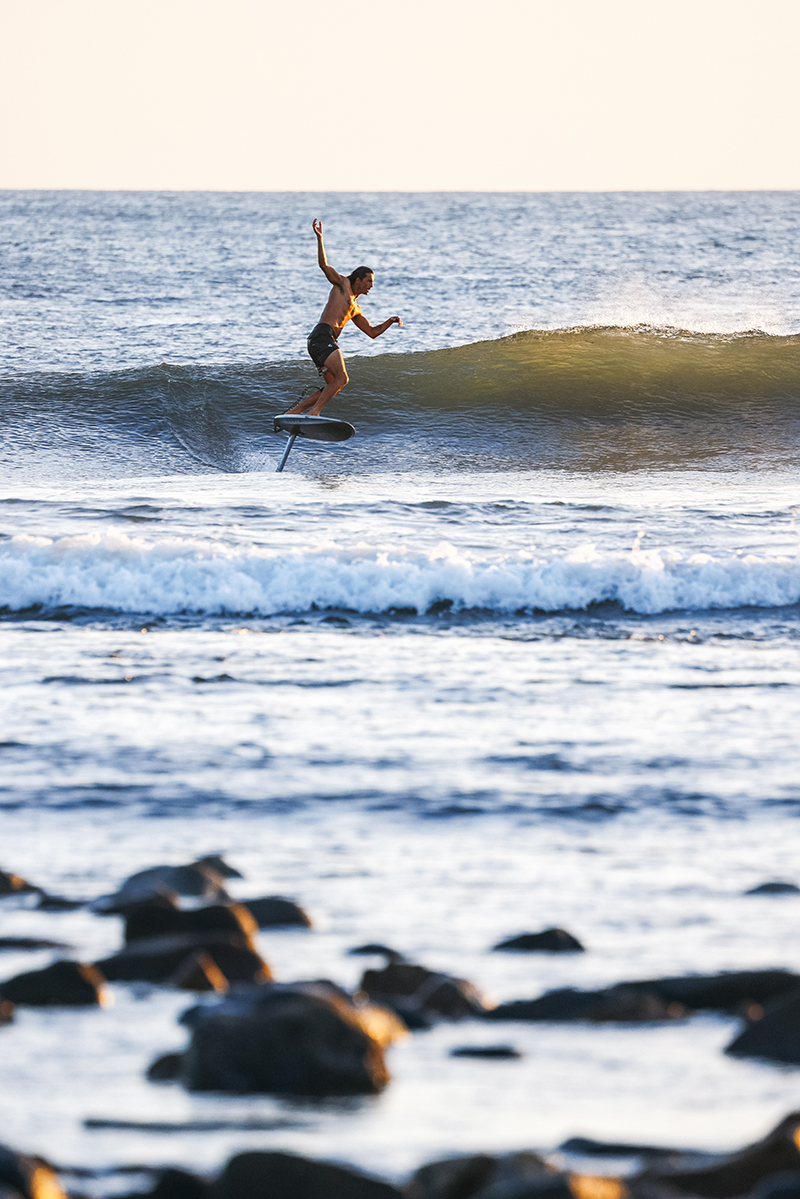
Do you dare the temptation of a gliding sensation? A feeling that could be likened to that of snowboarding endlessly down a powder-coated mountain slope or bombing a skateboard down a freshly surfaced road.
My journey with foil surfing started in early 2019 when I was working at the Airush Kiteboarding HQ in Cape Town. Clinton Filen in particular was the guy who introduced me to this sport when I was tasked with the duty of shooting a tow foil R&D session on the west coast of Cape Town. I had already experienced the pain and glory of the foil through kitefoiling in 2018 but it was not a feeling that resonated much with me. If anything, it caused some trauma with the high-speed bails and difficulty relaunching the kites in under 10 knots of wind.
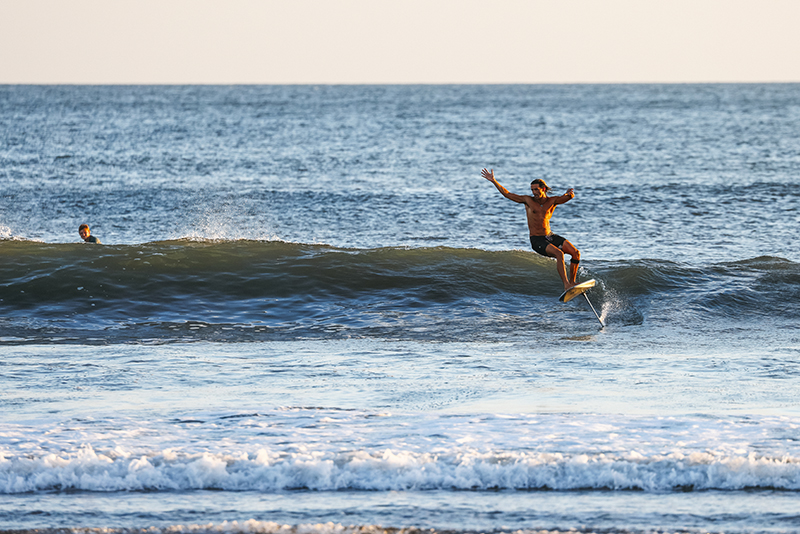
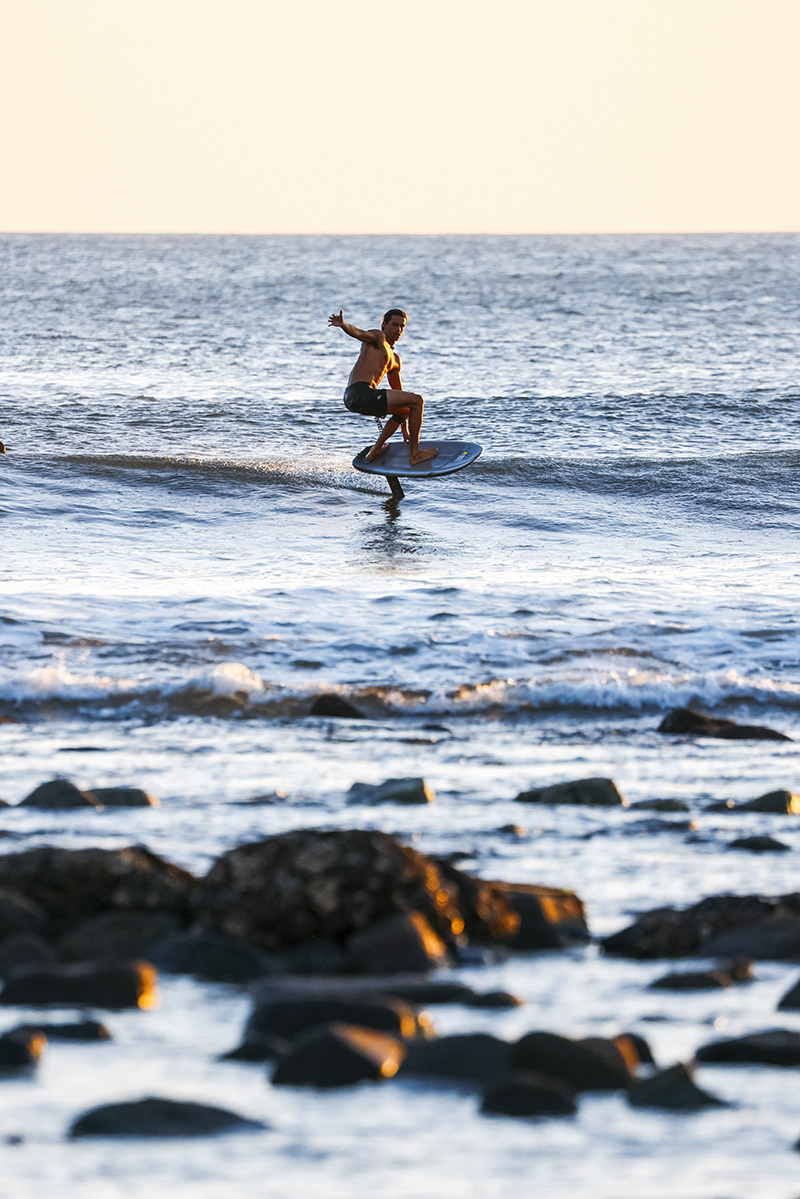
The team consisted of South African big wave surfers, Jacques Theron and James Taylor as well as Clinton, the mastermind behind the designs. Although the ocean was a perfect glass that morning, the swell was small and the tide was too low for the spot to be any good for regular surfing. The rolling ocean swells were standing up on the outside reefs before dropping off into the deep water as they regained course towards the shoreline, a sight I would soon understand to mark the perfect foil spot.
I got dropped off by the jetski in the ice-cold Atlantic Ocean to capture the water shots while the guys deployed two foils and got towed up and into the unbroken surf. It was the strangest sight to behold, watching them flying over the surface of the water on a seemingly frictionless craft, while doing their best to salvage some style while fighting to keep their balance on the foil.
After two hours of shooting and alternating turns on the ski and foils, the guys were ready to call it for the session and invited me to try the foil. I dropped my camera off at the beach and was handed the ski rope and foil. I had an idea of what to expect while on the foil from my past experience kiting but I totally underestimated the water start behind the jetski. If you have ever done a waterski or wakeboard boat start you will know there is a hefty amount of power needed to get you out of the water and onto the plane. The same applies to the foil, however once you are on the foil you will quickly want to adjust your weight distribution to avoid breaching the surface with the foil, often resulting in a catastrophic nose dive. The next step after figuring out the water start was learning to balance on the foil after letting go of the ski rope and relying purely on your composure to keep the foil balanced. This proved to be too much for me and after a few unsuccessful attempts to ride the unbroken waves, I came back to the shore and did the wobbly walk of shame on my jelly legs that were totally depleted after a few laps behind the jetski.
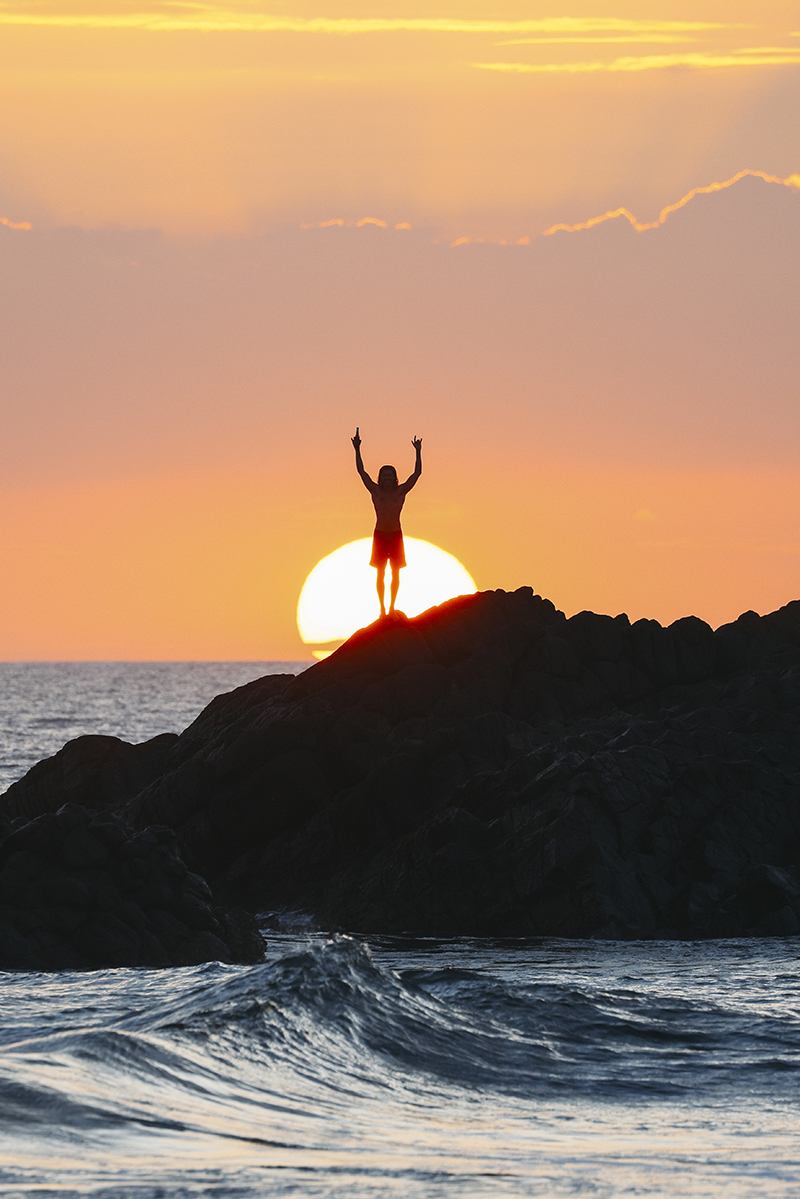
During that time there were only a handful of riders surf foiling and it seemed to me that this discipline of foiling was reserved for professional and ex-professional board riders looking to fulfill their progression fix. I was very fortunate to be working in an environment with incredible prototyping going on and we were located in front of the most consistent surf spot in South Africa, Muizenberg. The waves here come in long, uniform, and corduroy-like lines making them perfect slow rollers for longboards or more voluminous crafts, as well as for foiling! Being in the right place at the right time has its benefits and I was given a foil board setup on loan to go and figure the sport out for myself.
I recall the early sessions and how much of a love/hate relationship I had with the foil. Some days I had a 6/10 success rate and managed to control the foil while riding straight. These were the successful and loving sessions, while the frustrating ones often had a zero success rate. Most importantly, I was not getting connected by the foil. This is for sure the most crucial rule on the foil. Do not let it touch any humans, including yourself! I would say the most obvious factor affecting my success was the type of waves I would get in each session. If the waves were dumping too hard or simply had too much size, I was unable to control the surge of energy and not make it to my feet. When the waves were really small and peaky, without any walling faces, I would just barely manage to catch the wave and engage the foil before the wave faded off, revealing the magic sensation of riding on an unbroken wave.
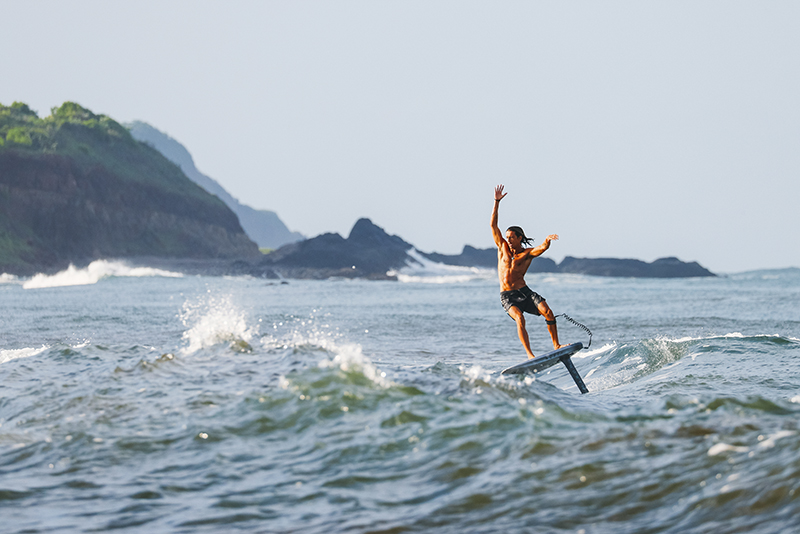
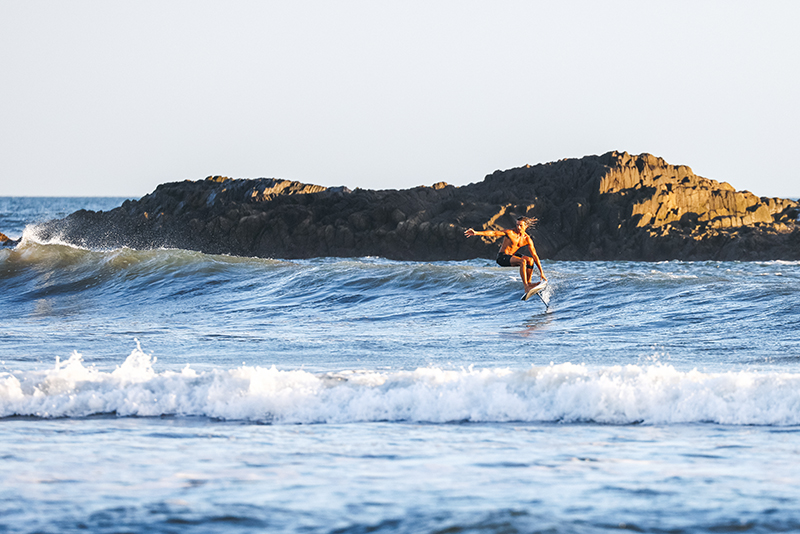
After about six months of intermittent success, I returned the foil to the workshop, rather certain that this sport was not for me and that I would stick to Big Air and freestyle kiteboarding and regular surfing. Later that same year I got the privilege to meet and work with Zane Schweitzer, a Hawaiian waterman who was on the forefront of surf foiling. Zane had come on a visit to Cape Town to shred with the local crew and go on what we called the ‘Surf Foil Safari’, riding different spots along the east coast. That trip with Zane and Dale Staples really changed my perspective on surf foiling and the untapped potential that it held. From surfing under one of my childhood dream coastal bridges, to the longest wave I had ever seen someone ride at Jeffreys Bay, I left that trip with a bone to pick with the foil, and was determined to figure out its mysterious ways.
I continued to shoot foil surfing, with South African shredder Dylan Wichmann, and what struck me most about the surf foil is the ability of this tool to maximize joy in otherwise unsurfable conditions. It was definitely to my advantage to be working with these athletes, analyzing their movements from the water while shooting and then further breaking it down when reviewing my media later those evenings. Now that I had discovered foil surfing, I realized that my home spot offered it all. When it was glassy and big I would ride a traditional surfboard, when the onshore winds blew I would fly my kite, and when the surf was tiny or the wind a light onshore, I would be frothing to get out foiling. While surf trips remain the holy grail of the board-riding realm, I now no longer felt like I had to leave my hometown to attain the board-riding stoke and glory that I search for each day. This doesn’t mean no more road trips, it just means less desperate and more calculated road trips while red-lining the stoke-meter thanks to the abundance of great sessions at home. The road trips just became less frequent, longer durations, more calculated, and more sessions thanks to the spots that were opened up with the foil.
I remember a distinct session back home in around 2021, where I was unsure about the conditions and whether it was worthwhile foiling or not, but I rigged up and went in. I ended up scoring the longest rides of my foiling career to date. Ones that reminded me of the endless walls of the famous Jeffreys Bay, only these were in my backyard. That was for sure the session where the foil clicked for me, and after two years of toil, I had finally learned how to foil..
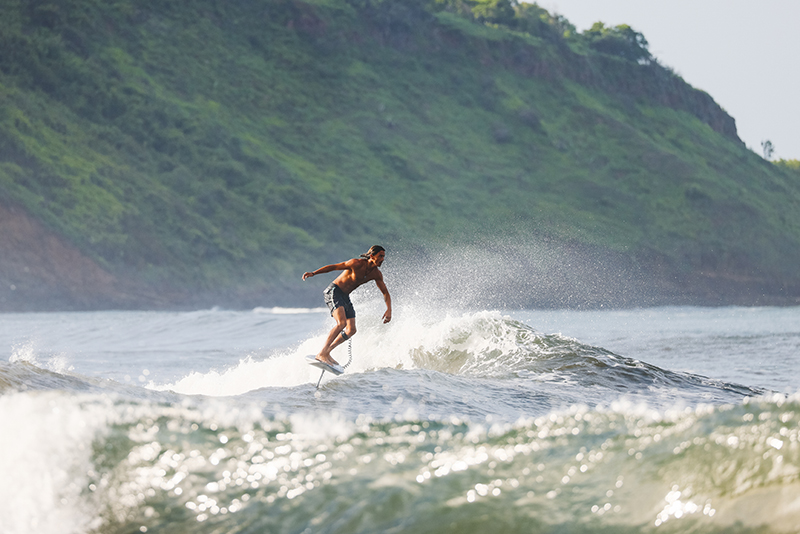
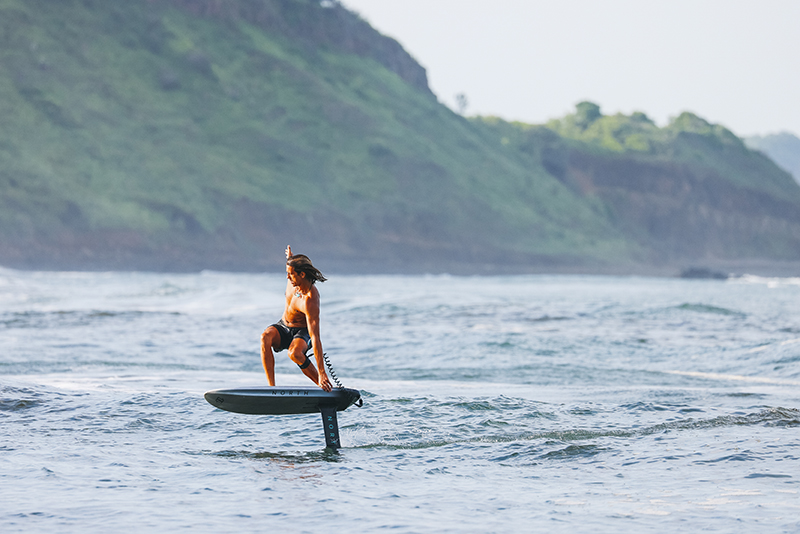
What strikes me most about foil surfing in particular is the glassy ocean conditions that you can ride in, unlike the wind sport variants where the surface of the water is torn up from the wind. In addition to this, the feeling of being powered purely by the foil is second to none. No motor, no wing, no kite, and no boats needed. As such, my chosen sub-genre of foiling would certainly be beach-accessed prone foiling. This way I can go whenever I want, for as long as I feel like riding. No need to launch a boat or lug heaps of equipment down to the beach. In a world where water sports are becoming ever more popular, I believe it is crucial to diversify the boardsports and thus distribute the crowds more evenly. Surf foiling allows you to target your very own exclusive peak. More often than not, a wave that is good for foiling is simply unsurfable, and vice versa. Not to mention the novelty spots such as foiling rolling swells under massive coastal bridges which are only made possible by the frictionless glide of the foil.
Currently, I find myself in Nicaragua for the season where I am working as a photographer at a surf retreat. There is no option of kiteboarding here due to the prevailing offshore wind direction so I decided to leave my beloved kites at home, but I did bring my North foil setup. Since an early age, I have been fond of supplementing my surfboard riding with additional water sports, to keep my stoke maximized. The foil has been such a blessing out here. In contrast to a surf session, a foil session is more like going to play a game of squash. Once you have set up and paddled out, prepare to get those legs pumping! The session typically lasts 30-45 minutes and by the time I am out of the water my legs are shaking from the intense muscle activation, and I would say about 50% or more of your water time is spent riding the board, unlike surfing where much time is spent in the lull, waiting patiently for your turn.
I would say the keys to success in surf foiling would be having the correct equipment for your level of riding, knowledge of wave selection is crucial and therefore previous surf experience is essential, and patience because this board moves in mysterious ways and getting the hang of it will require endured enthusiasm. I would recommend either getting help from a foiler, or going for a lesson to speed up the learning curve while being as safe as possible. Keep a safe distance from other water users and respect the rules of the lineup if you are sharing the water with other riders on other vessels. Lastly, buckle up and get ready for the ride of your life! Foil surfing is so much fun…
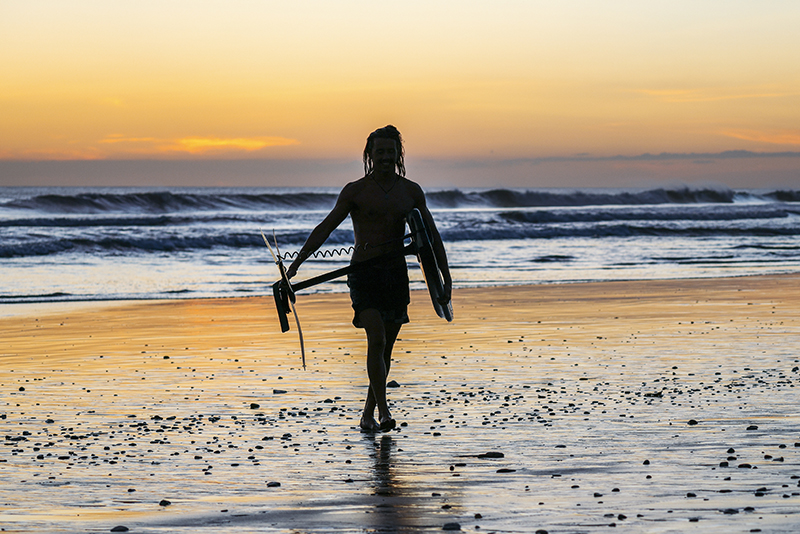
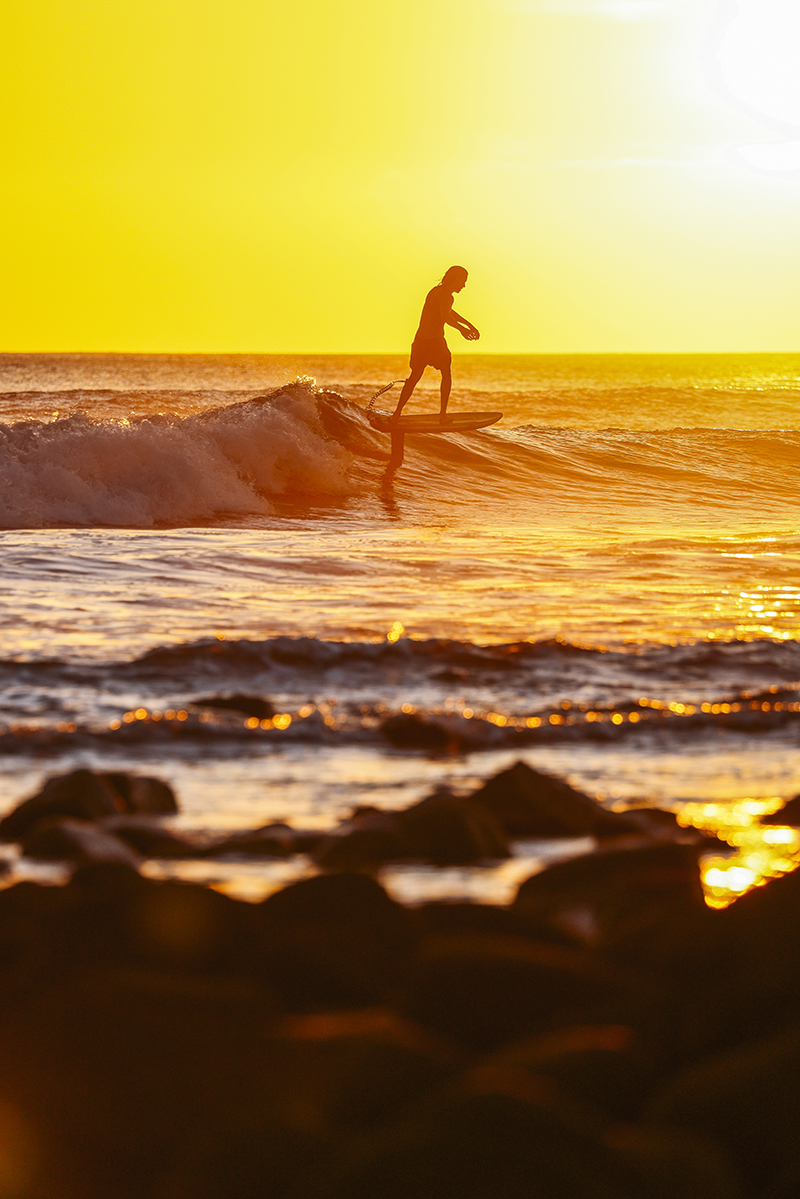
Tom Court made a pact to himself during the Covid era – to get out and explore what’s essentially on his doorstep, prioritizing that over far-flung trips elsewhere. On his radar was Western Ireland…
READ MOREIt’s been a good winter for Chucho Nonnot, at home in the Dutch province of Sint Maarten, where his range of North gear has been put to good use in spite of varied conditions. Although the sun has been fairly consistent…
READ MOREDylan Wichmann is no stranger to these pages, having even scored a cover several issues back. Snapping at his heels and appearing increasingly frequently himself is his brother Donovan. We discover the dynamic in this sibling feature.
READ MORE
"It's a beautiful thing to see how far foiling has come!"
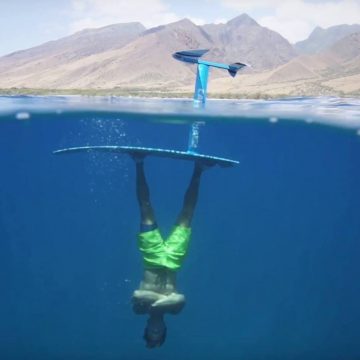
"I enjoy every page of the Foiling Mag – keep it up!"
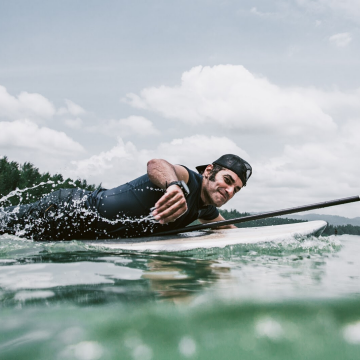
"The magazine looks insane. Very stoked to be part of it."
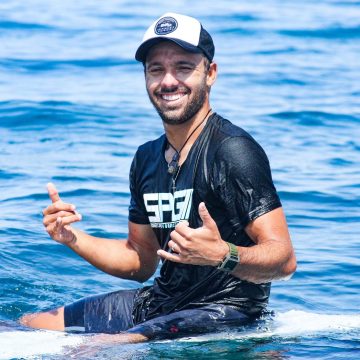
"I had a good time reading issue N°1, everything is high quality from the content to the paper!"
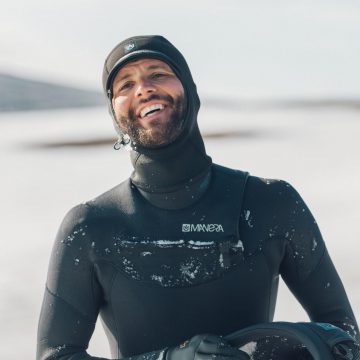
"What a rad publication."
